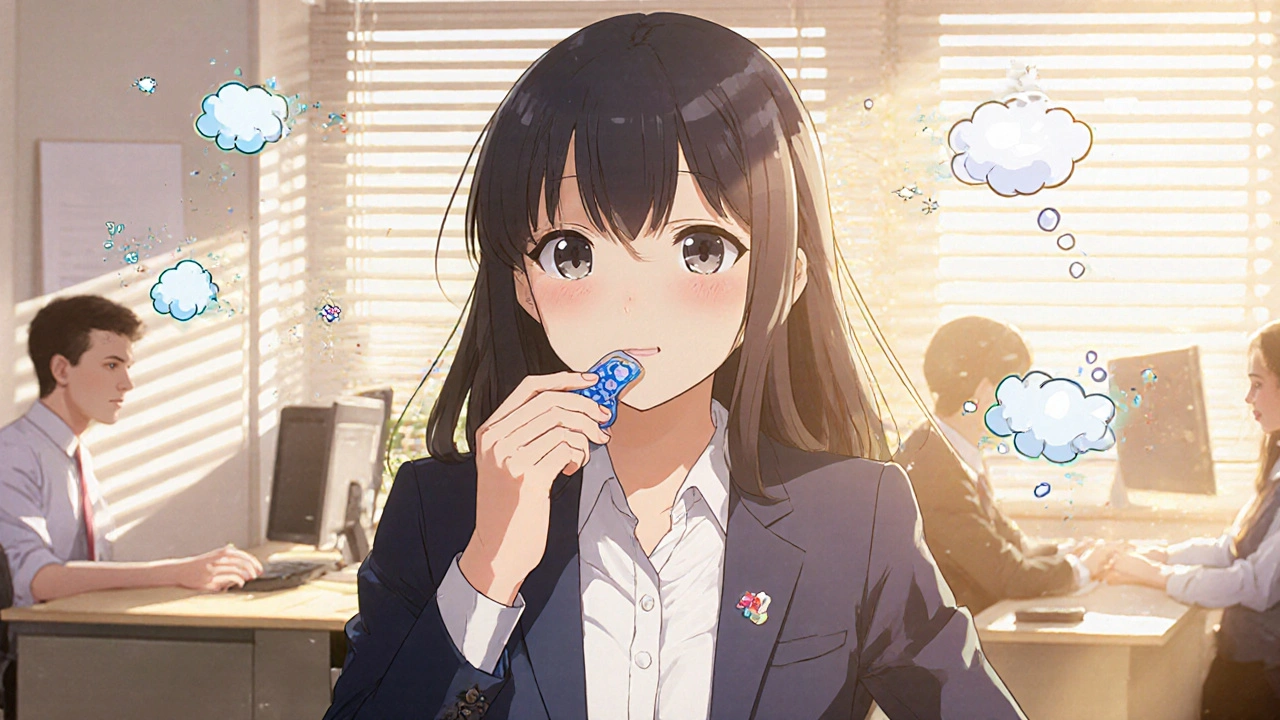Loratadine: What It Is and How It Works
Loratadine is an over‑the‑counter antihistamine that blocks the effect of histamine, the chemical your body releases during an allergic reaction. By stopping histamine, loratadine helps you feel less itchy, sneezy, or watery‑eyed. It’s non‑sedating, so most people can stay alert while it eases symptoms.
Because it doesn’t cross the blood‑brain barrier very well, loratadine is less likely to make you drowsy compared with older antihistamines like diphenhydramine. That’s why it’s a go‑to for everyday allergy relief, whether you’re dealing with seasonal pollen, pet dander, or a sudden hives flare‑up.
When to Take Loratadine
The usual adult dose is 10 mg once a day, taken with or without food. Kids 2–5 years old can use the syrup form at 5 mg daily, while children 6–11 years typically take 10 mg daily. Always follow the label or your doctor’s instructions – more isn’t better and can raise the risk of side effects.
If you forget a dose, just take it when you remember unless it’s almost time for the next one. In that case, skip the missed dose and stay on your regular schedule. Don’t double up.
Most people start feeling relief within 30 minutes, and the effect can last up to 24 hours. That makes it easy to plan around work, school, or sports without worrying about a mid‑day slump.
Common Side Effects and Interactions
Loratadine is generally well‑tolerated. The most frequent complaints are mild headache, dry mouth, or a slight stomach upset. If you notice a rash, swelling, or trouble breathing, stop using it right away and seek medical help – those could be signs of a rare allergic reaction.
Drug interactions are limited, but keep an eye on certain medications. Antacids that contain aluminum or magnesium can lower loratadine’s absorption if taken at the same time. Space them out by at least two hours. Some antibiotics and antifungals may also affect how loratadine works, so check with your pharmacist if you’re on multiple prescriptions.
Alcohol doesn’t usually amplify loratadine’s effects, but drinking heavily can increase the chance of feeling a bit drowsy. Play it safe and know your limits.
Buying Loratadine Safely Online
When you need loratadine quickly, buying it from a reputable online pharmacy can save time. Look for sites that require a prescription for higher‑strength versions, display a clear physical address, and have a licensed pharmacist available for questions.
Check the price, but don’t pick the cheapest option if the seller isn’t verified. Genuine loratadine tablets are usually white, round, and marked with the dosage. If the packaging looks off‑color or the pills are misshapen, it could be counterfeit.
Read customer reviews for clues about shipping speed and product authenticity. A good online pharmacy will also offer secure payment options and a clear return policy.
Finally, keep a copy of the receipt and the medication label. If you ever need to discuss the product with your doctor or pharmacist, those details help confirm you got the right drug.
With the right information, loratadine can keep your allergies in check without slowing you down. Use the dosage guide, watch for side effects, and shop from trusted sources to stay safe and symptom‑free.
Loratadine for Contact Dermatitis: How It Works and What to Expect

Discover how loratadine, a second‑generation antihistamine, treats contact dermatitis, its dosing, safety profile, and how it compares to other oral antihistamines.
Alavert: What It Is, How It Works, and When to Use It

Alavert is a non-drowsy allergy medication containing loratadine, offering 24-hour relief from sneezing, runny nose, and itchy eyes. Safe for daily use, it's a top choice for those who need symptom control without sleepiness.
